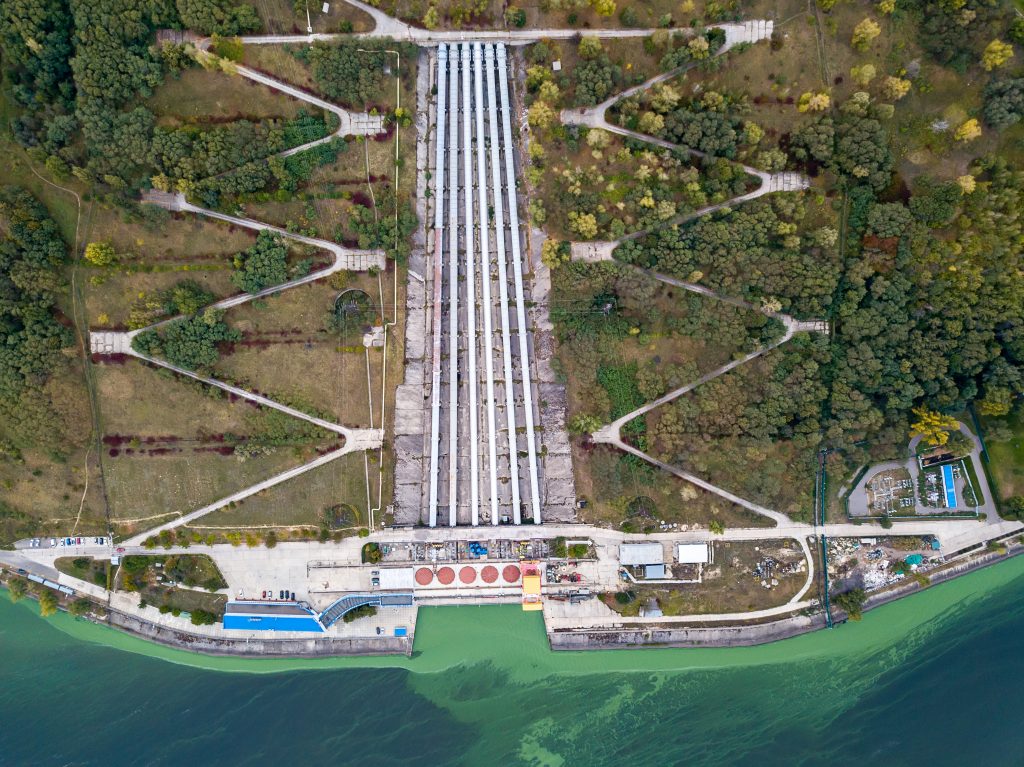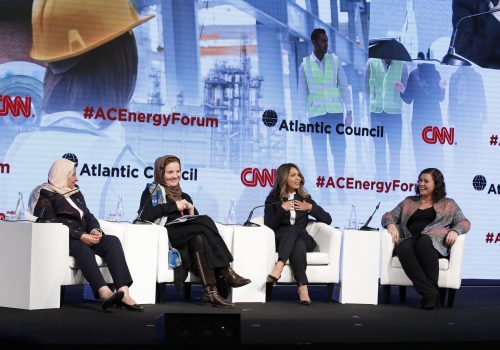Achieving deep decarbonization of the global energy system requires energy storage that can store more energy for longer durations. Lithium-ion (Li-ion) batteries, thus far, have played a key role in supporting the integration of renewable energy resources into the electric grid. But as the share of variable renewable energy in power systems increases around the world, new energy technologies that can store electricity for longer durations at low cost are needed. Developing countries present enormous market opportunities for innovative long-duration energy storage technologies that can support the integration of greater shares of variable renewable energy into weak power grids, replace diesel generators, and provide seasonal balancing. However, to realize this opportunity, long-duration energy storage needs to overcome several barriers, including the limited track record of the new technologies and lack of clarity on revenue streams.
In developing countries, where other flexibility options—such as natural gas generation and cross-border interconnections—might not be sufficiently available, low-cost renewable energy generation is on the rise. But although solar and wind power resources are geographically ubiquitous, they are not available all the time. Solar power has a very predictable daily cycle, but cloud cover can reduce solar generation in seconds. At a seasonal level, variations in solar production are low in countries with high photovoltaic potential such as Namibia with a seasonality index of 1.17, one of the lowest in the world. Wind energy, in contrast, exhibits more constant generation during the day but greater variability between seasons. In Brazil, for example, wind power output can be 2.5 times higher in September than in February.
Energy storage of all durations is transforming energy systems and it must continue to evolve if the world is to achieve a decarbonized future. The International Energy Agency estimates that to meet global climate and sustainability goals, the current energy storage market must grow by a factor of fifty—equivalent to nearly 10,000 gigwatt-hours (GWh)—by 2040. Today, the storage market is dominated by Li-ion battery technologies, which have seen an 80 percent drop in cost over the last five years. Li-ion batteries provide a cost-competitive solution for short-duration storage applications, but as more hours of storage are needed, other new technologies may become more economical.
Long-duration energy storage offers additional operational flexibility and helps guarantee that demand can be met at all times, thus obviating or deferring more expensive grid investments. New technologies that are suitable for storing energy for several hours up to several days help integrate higher shares of variable renewable energy generation into the electric grid. Furthermore, long-duration storage technologies—including batteries, thermal storage, green hydrogen and its derivatives, gravity storage, advanced compressed air energy storage, and more— demonstrate promise with regard to cost, safety, and material requirements.
Expanding the long-duration energy storage market will help build a track record for technologies and manufacturers needed to increase bankability and establish positive examples of regulatory frameworks that enable monetization of different services for both long- and short-duration applications. For example, it is estimated that California needs 55 GW of long-duration energy storage by 2045 to support a 100 percent renewable grid (150 times the amount developed in the last decade). The state recently announced a first-of-its-kind request for a cumulative 500 megawatts (MW) of long-duration energy storage in projects that support at least eight hours of storage. These types of projects will benefit developing countries, where long-duration storage is needed to facilitate greater integration of variable renewable energy, thus increasing power reliability in longer grid disruption events, as well as seasonal balancing.
Integrating variable renewable energy into weak grids
In developing countries where electric grids can be weak, fluctuations in renewable energy power output can negatively impact voltage and frequency systems, particularly in small grids. Energy storage can help smooth out those short-term fluctuations, while also supporting diurnal shifting of solar or wind electricity to the evening when power is most typically needed. Batteries, which are modular, easy to deploy everywhere, and cost competitive with fossil fuels, can be added to renewable energy projects to make renewable power more dispatchable. A hybrid system that shifts six hours of solar electricity to the evening peak period can have a levelized electricity cost of less than $150/MWh according to estimates provided by a new Energy Storage Management Assistance Program tool. In Thailand, for example, the Lam Takhong Wind Hydrogen Hybrid Project, which combines 22 MW of wind and a 1 MW electrolyzer to provide ten hours of storage, is used to better synch electricity production and demand.
Providing reliable power to critical infrastructure, replacing diesel generators
Increasingly frequent extreme weather events can result in disruptions to the electricity supply that lead to equipment failure, loss of income, and other negative impacts. For critical infrastructure—such as hospitals, data centers, and water/wastewater treatment facilities—electricity reliability and redundancy are crucial, as these facilities have the greatest need for uninterrupted, high-quality power. Long-duration energy storage can increase the resilience of power systems, improving grid reliability, stability, and power quality. Historically, polluting diesel generators have been used for backup power, but long-duration storage—powered by local renewable energy resources—is emerging as a more resilient and cost-effective way to mitigate, adapt to, and quickly recover from disruptions. For example, the data center market is witnessing a significant expansion in developing countries across Southeast Asia, where access to high-quality, uninterrupted power can be a problem. To ensure continued operation, data centers are typically equipped with on-site backup systems that can provide multi-day storage. Microsoft is currently testing a 250-kilowatt hydrogen fuel cell with at least forty-eight hours of storage to power a row of data center servers as a potential cost-competitive option to replace diesel generators.
Providing seasonal storage
Long-duration storage is needed to meet changes in seasonal patterns in electricity supply and demand. Storage can help balance the seasonal variability of renewable generation, especially from wind power, as well as manage seasonal demand changes affected by increasing cooling loads. Pumped hydro storage, where available, is one of the few firm, low-carbon, low-cost solutions for seasonal energy storage. India, with its ambitious target of installing 175 GW of renewable energy by 2022, has plans to add 10 GW of pumped hydro storage in the coming years. To date, the country has over 2.5 GW currently in operation and a project pipeline to double that capacity, including the 1.2 GW Saundatti Project with eight hours of storage and the 1 GW Sillahalla Project with six. Where pumped hydro storage is not technically viable, aqueous air batteries, advanced compressed air energy storage, and green hydrogen could be used to deliver seasonal energy storage.
To realize the vast long-duration energy storage market potential in developing counties, challenges related to the bankability of new technologies and a lack of clarity on revenue streams would need to be addressed. Warranties can help build investor and buyer confidence in the performance of these promising new technologies. Depending on the local conditions, policies and regulations can help set up simple or more sophisticated remuneration mechanisms that accurately reflect the value long-duration energy storage provides to the power system.
Deep decarbonization requires long-duration storage solutions, and these technologies are being installed across the world. Expanding the global market for long-term storage will generate cost reductions, help investors build confidence in new storage technologies, and help create favorable regulatory environments. Developing countries offer opportunities to address fast-growing electricity demand, and expanding long-term storage would help provide for a more resilient and widespread electricity supply. Long-duration energy storage has the potential to help renewable energy sources deliver firm, zero-carbon power and meet energy demand for the hundred million people still living without reliable power.
Sandra Chavez is a Women Leaders in Energy Fellow at the Atlantic Council’s Global Energy Center and a contributing author to a forthcoming report on distributed PV by the World Bank’s Energy Sector Management Assistance Program.
Meet the author
Learn about the Women Leaders in Energy Fellowship

The Global Energy Center develops and promotes pragmatic and nonpartisan policy solutions designed to advance global energy security, enhance economic opportunity, and accelerate pathways to net-zero emissions.
Image: Gateway of Kyiv Pumped-Storage Power Plant (bezikus/Shutterstock)



